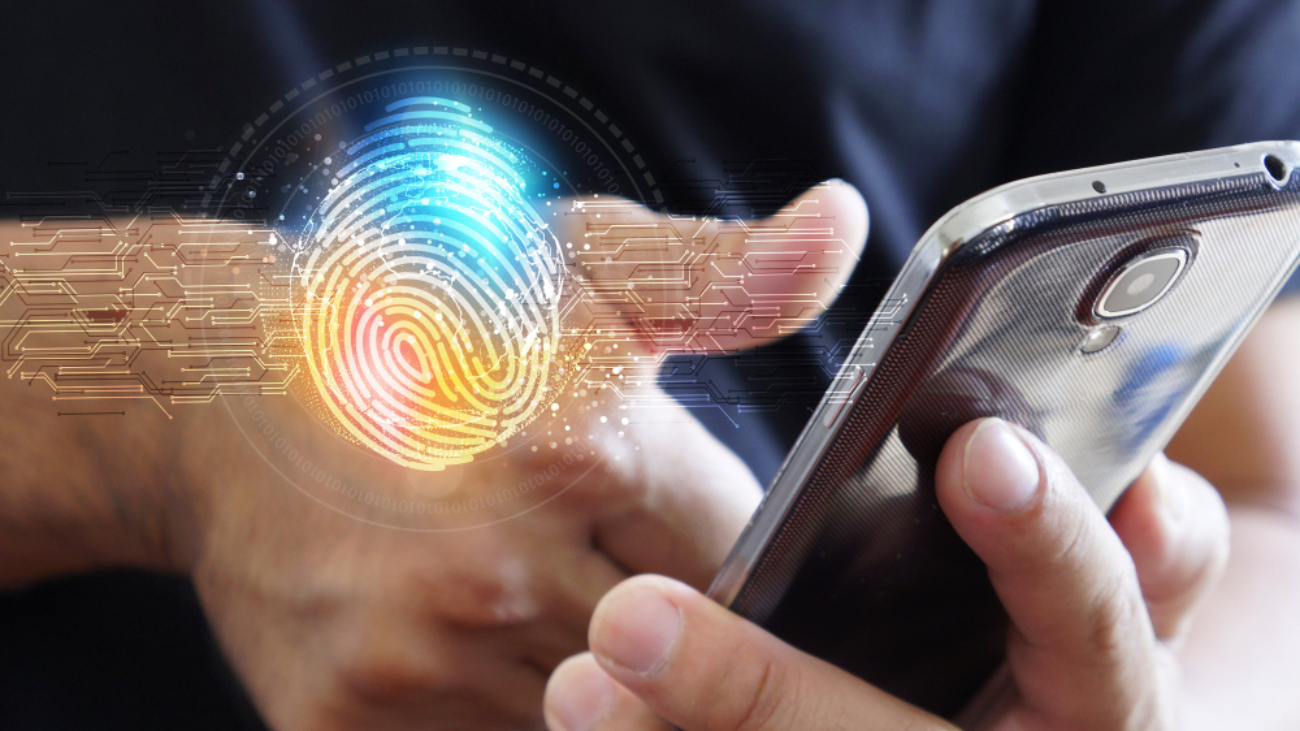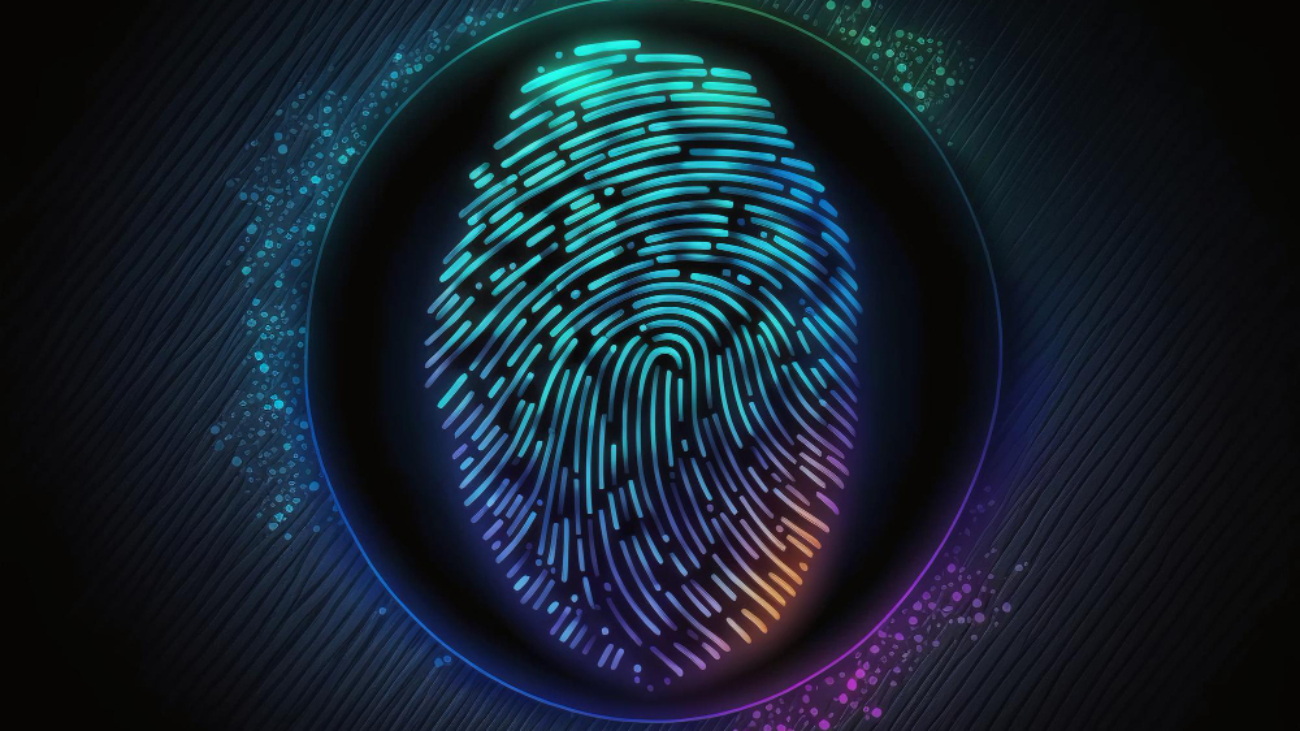As technology advances, so make its applications; biometrics are no exception. Ear recognition is a type of biometric technology that has the potential to revolutionize access control and identity security systems in various industries, including law enforcement and commercial organizations. In this blog post, Bahaa Abdul Hadi will examine what ear recognition entails and how it can benefit us all!
The potential of ear recognition as a biometric technology is immense. As one of the newest forms of biometric identification, ear recognition has unique advantages that make it an attractive solution for various security applications. Ear recognition systems can provide accurate and reliable results, even in difficult lighting conditions or with substantial background noise.
Ear recognition does not require physical contact with a person to capture an accurate biometric template, which makes it especially useful for applications that require authentication from a distance. This can be used in unmanned access control points or identification systems at large public events.
Ear recognition involves using sophisticated algorithms and computer vision techniques to capture a unique ear template. This template is matched against existing templates stored in a database or used to create a new profile if no match is found.
The accuracy of ear recognition systems can be greatly improved with 3D imaging technology, which increases the size of the captured biometric template. This increases the level of detail that can be obtained from an individual’s ear, making it more difficult to spoof the system or to use a forged biometric credential.
In addition, ear recognition systems are very discreet, as they do not require visible physical contact with the identified person. This means individuals can be identified without paying attention to themselves, an important feature in many security applications.
The potential of ear recognition as a biometric technology is clear. Its accuracy, ease of use, and discreteness make it an excellent choice for various security, access control, and identification applications. It will become increasingly popular as more organizations take advantage of its many advantages. As such, it is a technology that should be taken seriously by those looking for reliable biometric solutions.
Conclusion
Biometric technologies are becoming increasingly popular as a means of security and authentication. Ear recognition is one such technology that is gaining traction due to its high accuracy and potential for scalability. While ear recognition still has some limitations, it shows great promise as a biometric solution for various applications.
Thank you for your interest in Bahaa Abdul Hadi blogs. For more information, please stay tuned to www.bahaaabdulhadi.com







